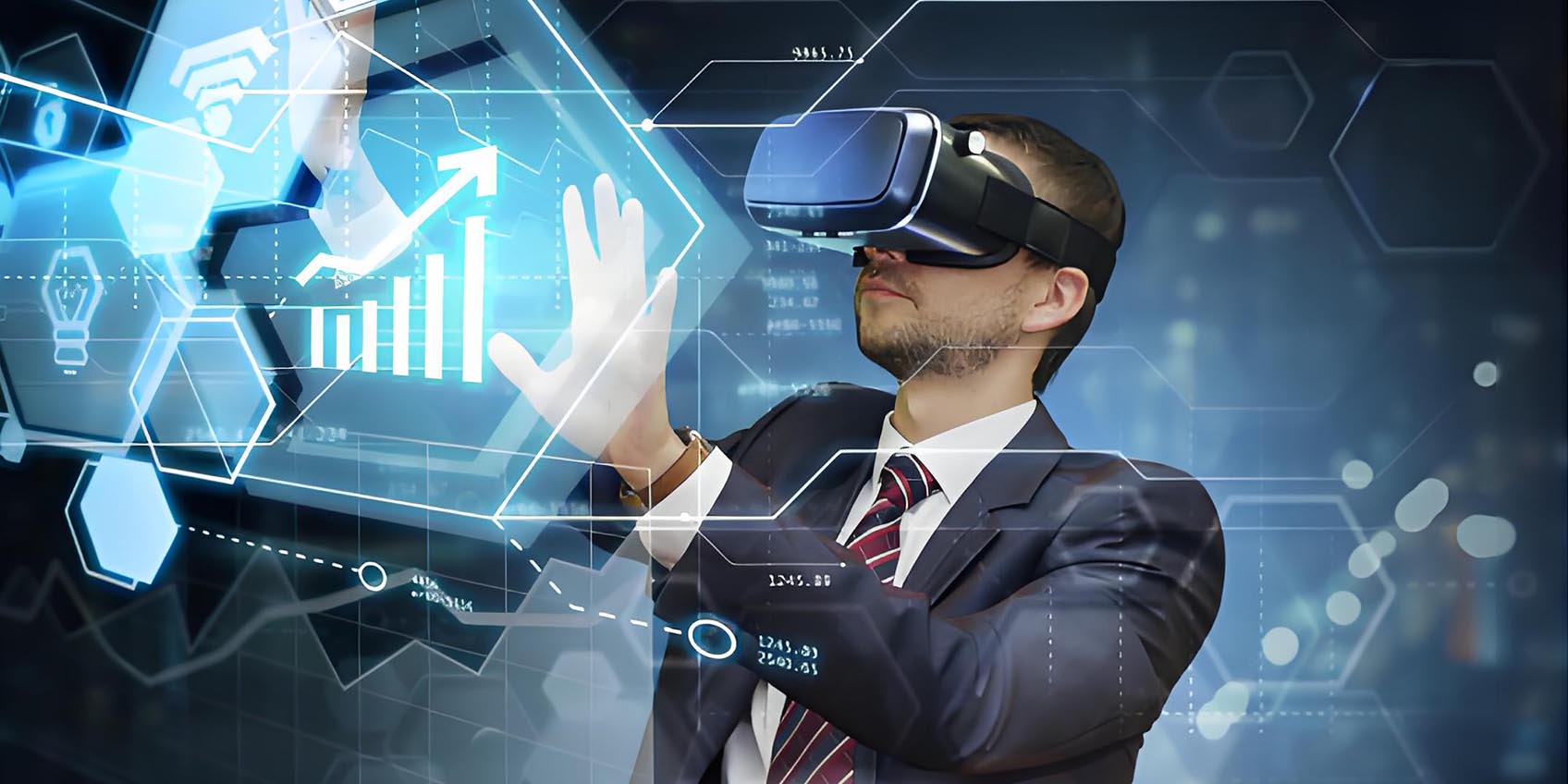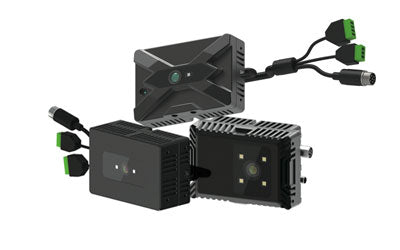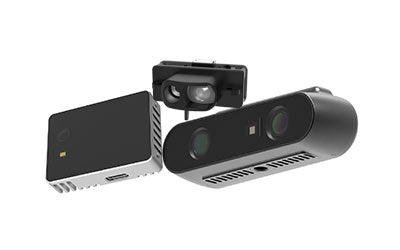TOF Sensors and 3D Camera: Transforming Gesture Control

what is camera time-of-flight tof sensor
Camera Time-of-Flight (TOF) sensor is a type of depth sensor that measures the time it takes for light to travel from the sensor to an object and back. This technology calculates distance based on time delay, enabling precise depth perception. Unlike traditional depth sensors relying on stereo vision or structured light projection, TOF sensors utilize direct time measurement, offering higher speed, accuracy, and robust performance across various lighting conditions.
As technology advances, these sensors play an increasingly crucial role in enhancing human-machine interaction, widely applied in scenarios requiring precise depth perception such as gesture recognition, augmented reality (AR), virtual reality (VR), robotics, and automotive driver assistance systems.
They swiftly capture detailed depth information suitable for real-time applications that demand rapid and accurate measurements. Data generated by TOF sensors can be used for 3D mapping, object tracking, obstacle avoidance, and immersive user interfaces in digital environments. Compared to traditional 3D camera, TOF technology delivers unprecedented precision and convenience through its unique advantages.
1. High-Precision Gesture Detection
TOF sensors accurately measure the precise distance from objects (such as hands or bodies) to the sensor, thereby generating high-resolution depth images. This precision allows TOF technology to provide stable and reliable gesture recognition results under various lighting conditions. In contrast, traditional cameras may be susceptible to lighting variations, leading to inaccuracies, whereas TOF technology excels even in low light or bright light environments.
2. Implementation of Multidimensional Gesture Recognition
The depth information obtained from 3D sensors enables the implementation of complex and diverse gesture recognition. Whether capturing subtle finger movements or entire hand trajectories, TOF technology can accurately capture and convert them into control signals. This multidimensional gesture recognition capability offers users more enriched and flexible ways to interact, no longer limited to basic gestures.
3. Remote Recognition and Occlusion Resistance
Another significant advantage of TOF technology is its ability to accurately recognize gestures at longer distances without being affected by lighting conditions. This capability makes TOF sensors invaluable in scenarios such as large displays and outdoor interactive devices. Moreover, relying on depth information rather than surface textures allows TOF technology to effectively recognize partially occluded gestures, enhancing the smoothness and naturalness of user interactions.
4. Applications in Augmented Reality (AR) and Virtual Reality (VR)
With the proliferation of AR and VR technologies, TOF technology has empowered advancements in these fields. TOF sensors can recognize user gestures in real time, enabling intuitive control of virtual interfaces, games, or other applications. This interactive approach significantly enhances user experience and immersion, allowing users to more deeply engage with virtual environments.
In summary, TOF (Time-of-Flight) sensors are transforming human-machine interaction through their high-precision depth sensing capabilities and robust resistance to interference. Looking forward, as this technology continues to evolve and expand its applications, we anticipate seeing more innovations and possibilities in broader application scenarios, delivering smarter and more convenient technological experiences to users.
Applicable products:
Synexens 3D Of RGBD ToF Depth Sensor_CS30
-
Publicado en
CS30






